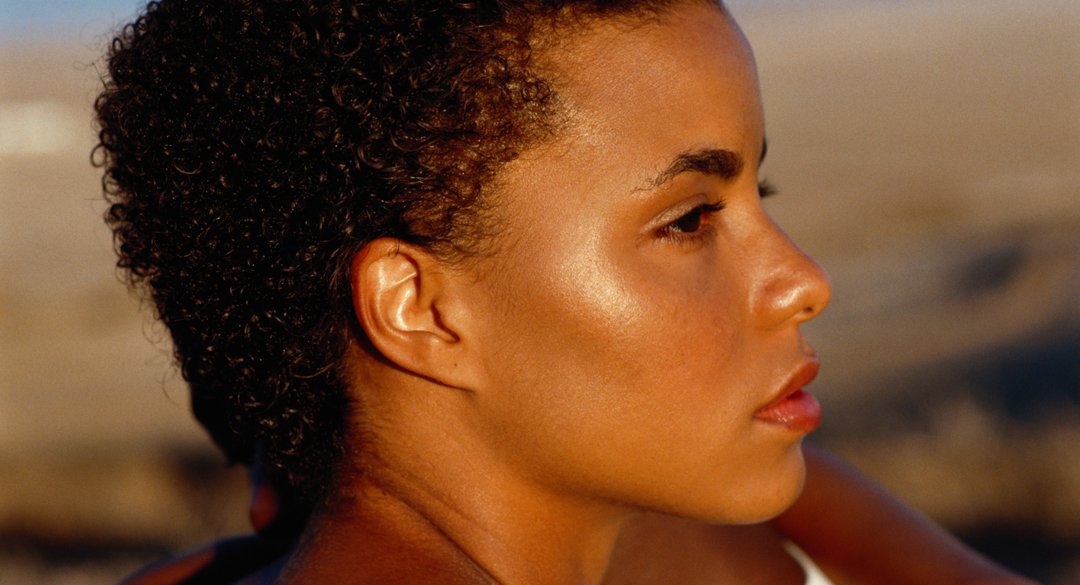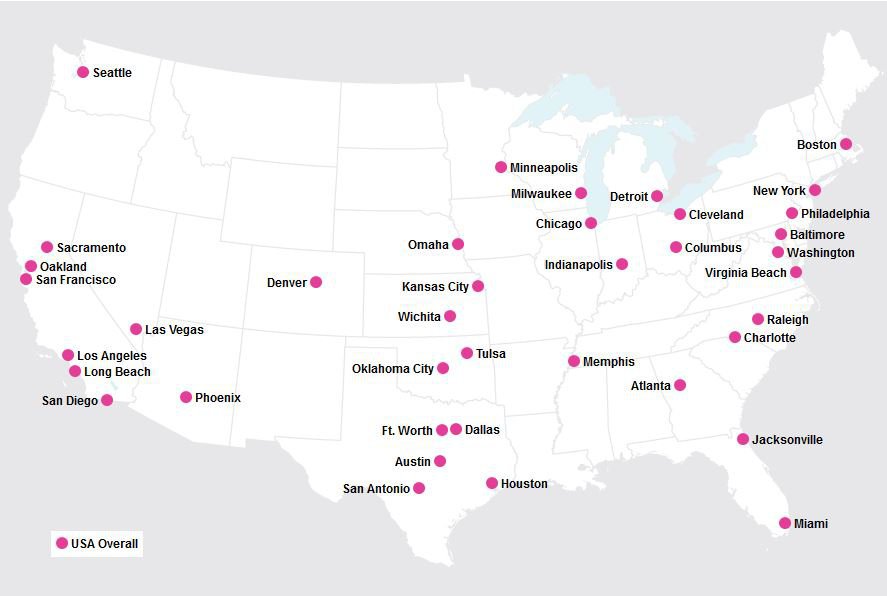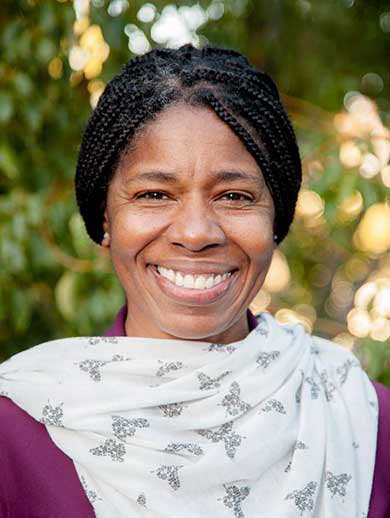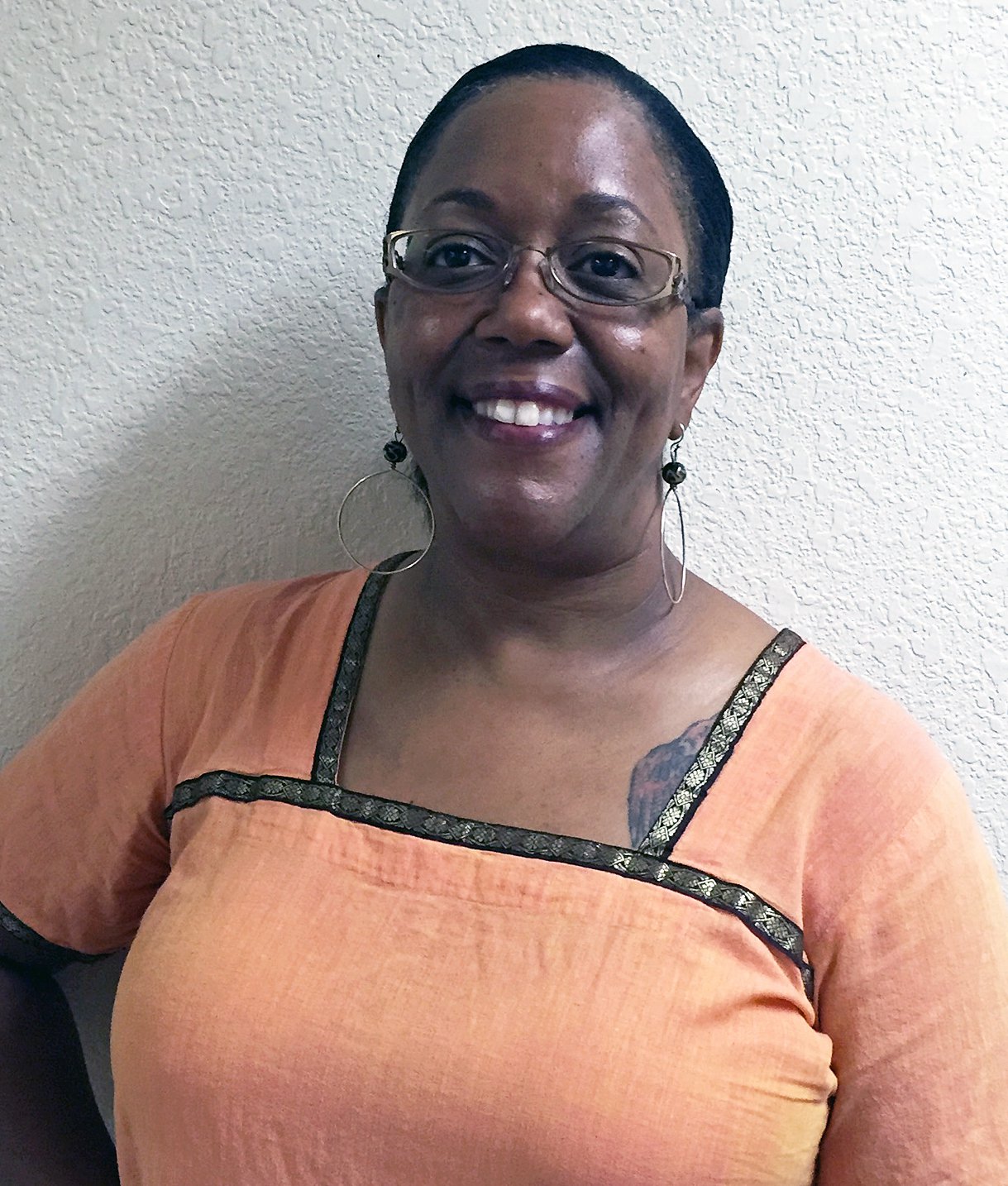Breast Cancer Rates Are Rising in Black Women. Here's What You Can Do

Dr. Marie President could see the young woman in her exam room was clearly scared about the lump in her breast. A radiologist had told the patient to go home and keep an eye on it. After all, she was just 35 — well under the age when women are supposed to start mammograms.
But the patient was still worried, so she went to see President, her primary care physician. The doctor knew that breast cancer is especially deadly for Black women like them.
So President decided to order a mammogram, even though her patient didn’t fit the general guidelines. “It turned out to be breast cancer,” says President, a One Medical MD in Redwood City, California. “But when she got the diagnosis, she really wasn’t sure what to do. There really weren’t any resources easily accessible for her and she didn’t know anyone who had breast cancer.”
Right now, as breast cancer rates for Black women make an unprecedented rise, public health officials work to understand why, and providers like President and advocacy groups are making sure Black women are aware of the risks and empowered to get the care they need.
A Troubling Trend
Historically, white women were diagnosed with breast cancer more than women from other ethnic and racial groups.
But even though Black women didn’t get breast cancer as often as white women, they have always been more likely to die from it. Today, Black women are 42 percent more likely to die after being diagnosed than white women. And the death rates are even higher in certain cities and states. This interactive map from the 2014 Racial Disparity in Breast Cancer Mortality Study shows death-rate disparities across the nation. New York and Baltimore had the smallest differences in the death rate for Black women, while Memphis, Tennessee; Los Angeles; Wichita, Kansas; Houston; and Boston topped the list of the cities where Black women are much more likely to die from breast cancer. CDC experts believe the fact that Black women get more aggressive forms of cancer, and that they often have lower economic and social resources to rely on.

Click The Avon Foundation Racial Disparity in Breast Cancer Mortality Map to see the rates for your city.
Black women tend to develop the disease earlier in life (the median age of diagnosis is 58 for Black women and 62 for white women), but they die from it younger as well, with 62 being the median age of death, compared to 68 for white women. The new data suggests breast cancer might continue to take an even greater toll on Black women — unless something changes.
“If you think about that, that’s a daunting thought,” says Dolores Moorehead, multicultural client services manager and head of the Sister to Sister African American Outreach program at the Women’s Cancer Resource Center in Oakland, California. “If we already had lower incidences but higher mortality rates, what does that mean that incidences are now increasing? Does it mean mortality rates will decrease or will they increase even more because we’re not given the same access to quality care that white women receive?”
Barriers to Care
There are many theories behind the grim statistics, but lack of access to timely and thorough health care is seen as one of the biggest problems.
“Barriers to care are what we’re dealing with, and that in itself underscores the need for advocacy and proactivity,” says Moorehead.
And numerous studies have found that when Black women do see health care providers, they don’t receive the same quality of care as other women. In the largest study yet to examine disparities in breast cancer treatment in the U.S. (including over 100,000 women), researchers found that women in several racial/ethnic groups were more likely to be diagnosed with advanced- stage breast cancer and that Black and Hispanic women were 30 to 40 percent more likely than white women to get the wrong treatment for their cancer type. When University of Chicago researchers analyzed several breast cancer studies they found that the more aggressive tumors prevalent in Black women, combined with having treatment delayed, misapplied, or underutilized creates a deadly perfect storm for Black women with breast cancer.

“We know that access to screening for African-American women is lower; we tend to have fewer mammograms and fewer referrals for mammograms,” President says. “It’s been shown that African-American women have had almost twice the chance of not being notified with their mammogram results and have had longer delays than white women between screening mammograms and diagnosis.” A Columbia University study of almost 7,000 women with abnormal mammograms found that the average follow-up after an abnormal mammogram was 20 days for Black patients versus 14 for white patients. In some cases, the disparity was even greater: 26 days versus 14.
“Compared to white patients, African-American women experience delays in time of diagnostic follow-up after an abnormal mammogram and the time from breast cancer diagnosis to initiation of treatment,” says Sue Runyan, a One Medical doctor in San Francisco. “African-American women are not as likely to receive treatment that is standard of care and are underrepresented in clinical trials.”
And the disparity doesn’t end there. “For whatever reasons, Black women are less likely than white women to undergo appropriate associated therapies like radiation despite equal rates of referrals,” President says. “That doesn’t necessarily mean that we’re treated differently in the oncologist’s eyes, but we know that those treatment disparities are happening. It’s difficult to know why this is happening without further study.”
Additional factors may play a role as well, according to researchers. Obesity, which is linked to increased risk of estrogen-receptor-positive breast cancers, is also on the rise among Black women. The rates climbed from 39 percent during the period of 1999 to 2002 to 58 percent between 2009 and 2012. Obesity among white women, on the other hand, has stabilized around 33 percent. Still, when controlling for weight, Black women still have a higher risk of death due to differences in care.
What Needs to Change
For Black women to have a better chance of survival, President believes big changes need to occur in both research and clinical care. “I think we need more research to understand the contributions of genetics and heredity, and we need to have a better understanding of breast cancer screening and detection in African-American women and how to better communicate mammogram results,” she says. “I think there is a lot of room for improvement.”
Runyan agrees, adding, “Having more African-American women enroll in studies that collect this data will help to further clarify the significance of these variations and provide meaningful information for patients with high-risk family histories.”
In the 2015 State of the Union address, President Obama announced $70 million in National Cancer Institute funding to explore genes that contribute to developing cancer. And the Affordable Care Act requires group health plans and state-licensed health insurance companies to cover the costs of participating in a clinical trial.
Until scientists can crack the genetic code on the disease, experts believe broad improvements in the way care is delivered by providers and health care institutions can help more Black women survive breast cancer. When six New York hospitals launched a breast cancer patient tracking and feedback registry program for a study, providers found that making follow-up calls when women missed screenings and spending more time to educate patients increased the number of women who took advantage of all their treatment options. The pilot program was so effective, it eliminated race as a risk factor for a lower access to care.
Culturally sensitive awareness campaigns and prevention messages are important too.
“There have been wonderful studies that demonstrate that particularly in African-American women, when culturally-relevant messages are presented to under-served communities, there tends to be increased access to screening,” President says. “This is particularly true in some communities where the church is highly valued, like in areas of the South.”

Dolores Moorehead
A study including CDC researchers found that low-income women responded best to radio awareness messages with voices of “women like us” who were real breast cancer survivors, as well as print ads showing vibrant images of happy women and words that shared the benefits of getting a mammogram, rather than negative messages.
And another study involving a small group of Black women found that certain spiritual elements including “the body as a temple,” “going to the doctor does not make you faithless,” and “God did not give you the spirit of fear,” were important to include in breast cancer screening awareness materials.The FDA created Pink Ribbon Sunday, a guide to hosting a mammogram awareness event as pat of a church service.
“A lot of churches are having conversations around the topic,” Moorehead says. “But more churches should be helping women proactively create groups where they can talk about mammography or clinical breast exams or explain why the medical system no longer agrees with performing regular breast self-exams.”
What You Can Do
Leading a healthy lifestyle and knowing your family history and risk factors are the best ways to lower breast cancer risk.
“I really want women to understand that it’s so important to know your medical history and your family history,” Moorehead says. “Sometimes people don’t know what an aunt passed away from or how their grandmother died. Knowing that history can help them to see where they should be proactive around certain screenings. Many women are just not having those conversations and still believing that this is not a cancer in our community.”
Runyan agrees, noting that that she strongly encourages all women to have a frank discussion about breast cancer with a healthcare provider they can trust.” This discussion should include a detailed family history especially focusing on a family history of breast or ovarian cancer. If there is concern about an elevated risk of a familial cancer syndrome, I encourage women to consider meeting with a clinical genetics counselor to discuss genetic testing which could include BRCA1 and 2 genes as well as other targeted genes that increase the risk of breast cancer.”
Runyan also screens her patients with the National Cancer Institute Breast Cancer Risk Assessment Tool, which helps estimate a woman’s risk of developing invasive breast cancer. “Women can also go online and complete this tool themselves in a couple minutes and bring this information with them to an appointment with their primary care provider,” she says. “Reviewing this together can facilitate reaching an informed decision about when to initiate breast cancer screening and the appropriate screening intervals.”
And Runyan says that there are many ways you can lower your breast-cancer risk. Maintaining a healthy weight, getting regular exercise, eating more fruits and vegetables and less meat, limiting alcohol intake, and quitting smoking are important lifestyle changes that cut risk of all cancers.
And if a woman is already diagnosed with the disease, President believes providers need to step up as health care navigators. “In the case where a woman has breast cancer or has had a mammogram, it means being present for her and asking, ‘what can I do for you to get you through the system?'” she says.
President believes advocacy starts in the doctor’s office. “To tell a woman to advocate for herself is to assume that she already has the information and knowledge base to even be able to advocate,” she says.
“But it starts with us, the medical providers, by making ourselves more present in the community. Advocacy starts with some form of empowerment and information and that means first letting women of color know when it’s time to be screened and what the resources are.”
As for her patient, President says she’s doing well. “This was a young patient who thought she was going to die and it was up to us to help her navigate through the system,” President says. “That was many years ago and although she did have one recurrence, she’s still my patient and she’s doing just fine.”
If you’re concerned about breast cancer, find a primary care provider you trust and have an open dialogue about your family history and risk factors for the disease. He or she can help you make the most informed decisions including when to start screening mammograms, whether genetic testing is right for you, and where to find additional resources if necessary.
The One Medical blog is published by One Medical, a national, modern primary care practice pairing 24/7 virtual care services with inviting and convenient in-person care at over 100 locations across the U.S. One Medical is on a mission to transform health care for all through a human-centered, technology-powered approach to caring for people at every stage of life.
Any general advice posted on our blog, website, or app is for informational purposes only and is not intended to replace or substitute for any medical or other advice. 1Life Healthcare, Inc. and the One Medical entities make no representations or warranties and expressly disclaim any and all liability concerning any treatment, action by, or effect on any person following the general information offered or provided within or through the blog, website, or app. If you have specific concerns or a situation arises in which you require medical advice, you should consult with an appropriately trained and qualified medical services provider.